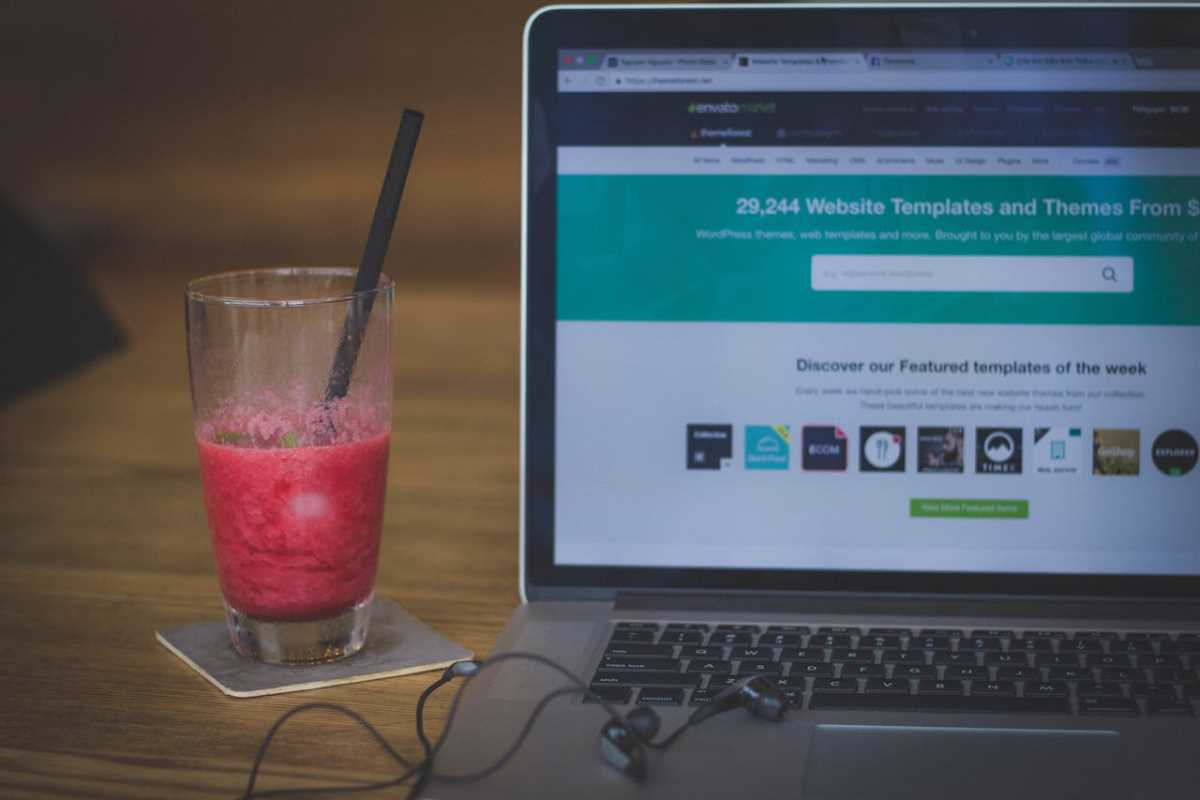You’ve designed a beautiful landing page to showcase your startup's amazing new product or service. It looks great, the message is compelling, and you’re ready for the world to see it. But how do you ensure people can actually find it through a simple search? This is where landing page optimization comes into play. By making a few strategic tweaks, you can make your page more visible to search engines like Google, drawing in the right audience organically. This process helps you connect with people who are actively looking for the solution you provide. We’re here to guide you through the simple steps to get your landing pages noticed.
Why SEO for Landing Pages Matters
Landing pages are often designed for specific marketing campaigns, like a pay-per-click (PPC) ad or a social media promotion. Because of this, their search engine optimization (SEO) is sometimes overlooked. However, an optimized landing page can become a powerful, long-term asset that generates free, organic traffic for your startup.
When your landing page ranks in search results, it captures the attention of potential customers who are already interested in your niche. This "warm" traffic is highly valuable because these users have a specific problem or need, and they're actively looking for a solution. Optimizing your landing page for search is like opening a new door for customers to find you, one that keeps working long after a paid campaign ends.
Essential On-Page SEO for Your Landing Page
On-page SEO refers to all the optimizations you make directly on your landing page to help it rank higher. These are the foundational elements that tell search engines what your page is all about.
1. Strategic Keyword Research and Placement
Keywords are the bridge between what your audience is searching for and the content on your page. Your goal is to find a primary keyword that is highly relevant to your offer and has a reasonable search volume.
- Find Your Focus: Use tools like Google Keyword Planner or Ubersuggest to find a target keyword that best describes your landing page's offer. For a startup, it's often best to target a "long-tail keyword" (a more specific, 3+ word phrase) like "vegan meal prep delivery for athletes" instead of a broad term like "meal delivery." These are less competitive and attract a more qualified audience.
- Place Keywords Naturally: Once you have your primary keyword, you need to place it in key locations on your page so search engines can easily identify its topic.
- Title Tag: This is the title that appears in the browser tab and search results. It’s one of the most important places for your keyword.
- H1 Heading: Your main headline on the page should also include your keyword.
- Subheadings (H2, H3): Sprinkle your keyword or related variations in your subheadings.
- Body Content: Weave your keyword into your text naturally a few times. Don't overdo it—readability comes first.
2. Crafting Compelling Meta Tags
Meta tags are snippets of text that describe a page's content. They don't appear on the page itself but live in its code. They are what users see on the search engine results page (SERP).
- Meta Title: This is your page’s headline on Google. It should be under 60 characters and include your primary keyword. Make it engaging to encourage clicks.
- Meta Description: This is the short paragraph of text that appears under your title in search results. It should be under 155 characters and act as a mini-advertisement for your page. Summarize your offer and include a call to action, like "Learn More" or "Get Started Today."
3. Creating High-Quality, Relevant Content
Even though landing pages are often concise, the content must be valuable and directly related to your target keyword. Your copy should clearly explain the problem you solve and the benefits of your solution. Focus on your unique value proposition—what makes you different from competitors? Use clear, persuasive language that speaks directly to your ideal customer. Providing genuinely helpful information will not only please search engines but also build trust with your visitors.
The Technical Side of Landing Page SEO
Beyond the content itself, a few technical factors play a huge role in how search engines see your landing page. You’ve got this, and these steps are more straightforward than they sound.
Mobile Responsiveness is a Must
Google uses a mobile-first indexing approach, meaning it primarily looks at the mobile version of your site for ranking. Your landing page must look great and function perfectly on a smartphone. Most modern landing page builders create responsive pages automatically, but you should always test it yourself. Use your phone to see if the text is readable, buttons are easy to tap, and the overall experience is smooth.
Prioritize Page Load Speed
No one has the patience for a slow-loading page. A slow landing page will lead to high bounce rates, which tells Google your page isn’t a good result. To improve your speed:
- Compress Images: Before uploading any images, use a free online tool to reduce their file size without losing quality.
- Keep it Simple: Avoid overloading your page with heavy videos, complex animations, or too many third-party scripts. A clean, focused design is often faster and more effective.
- Use a Fast Host: Your website hosting provider has a direct impact on your page speed. Choose a reliable host known for performance.
Create a User-Friendly URL
Your page's URL should be simple, easy to read, and include your target keyword. A clean URL helps both users and search engines understand what the page is about before they even click.
Building Trust and Authority
Search engines want to recommend trustworthy websites. You can send positive trust signals by including a few key elements on your landing page.
- Add Social Proof: Including testimonials, customer reviews, or logos of well-known clients can build credibility. This shows visitors and search engines that you have a legitimate, respected offer.
- Have a Clear Call to Action (CTA): Your CTA button should be prominent and clearly state what will happen when a user clicks it (e.g., "Download the Free Guide," "Start Your Free Trial"). A clear path for the user is a sign of a well-structured, user-friendly page.
Optimizing your startup's landing pages for search engines is a powerful strategy for driving sustainable growth. By focusing on smart keyword targeting, creating high-quality content, and ensuring a great user experience, you can turn your landing pages into traffic-generating assets. Take it one step at a time, and you'll be well on your way to climbing the search rankings.
.jpeg)






